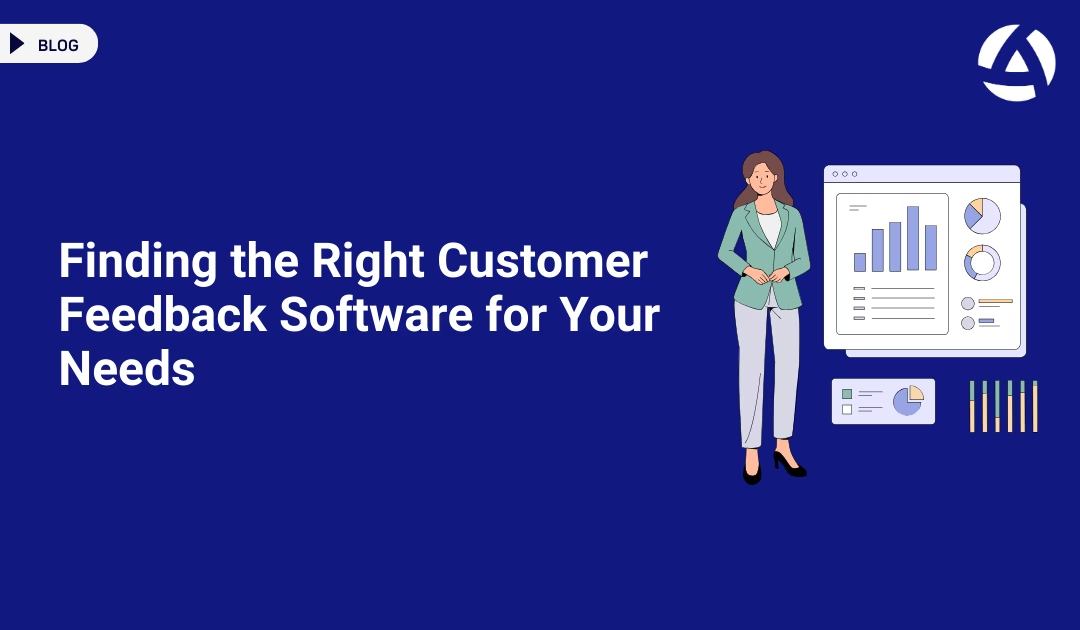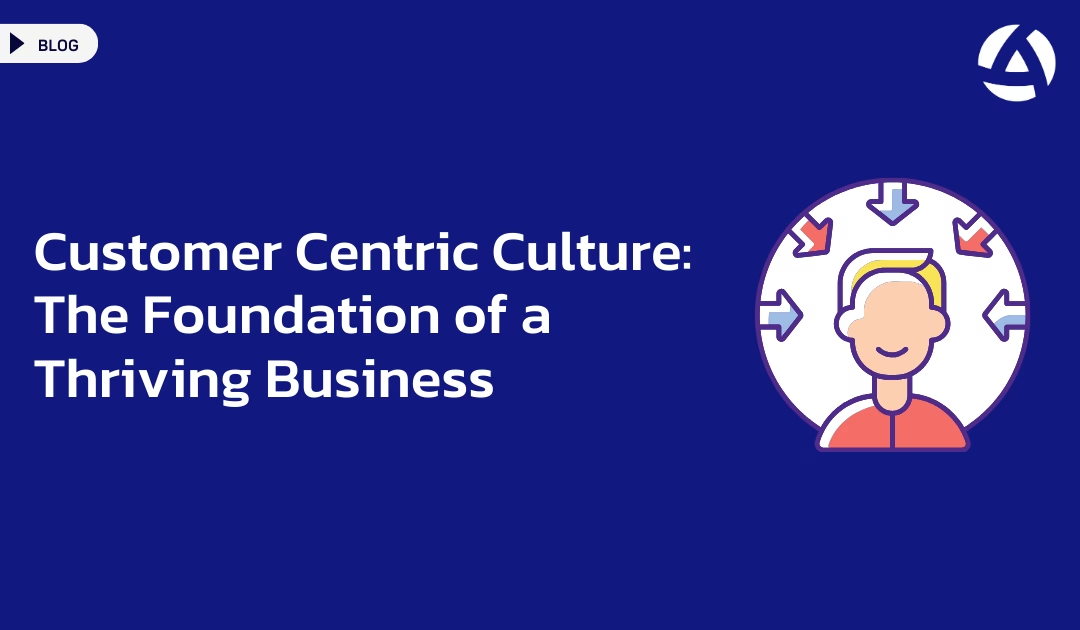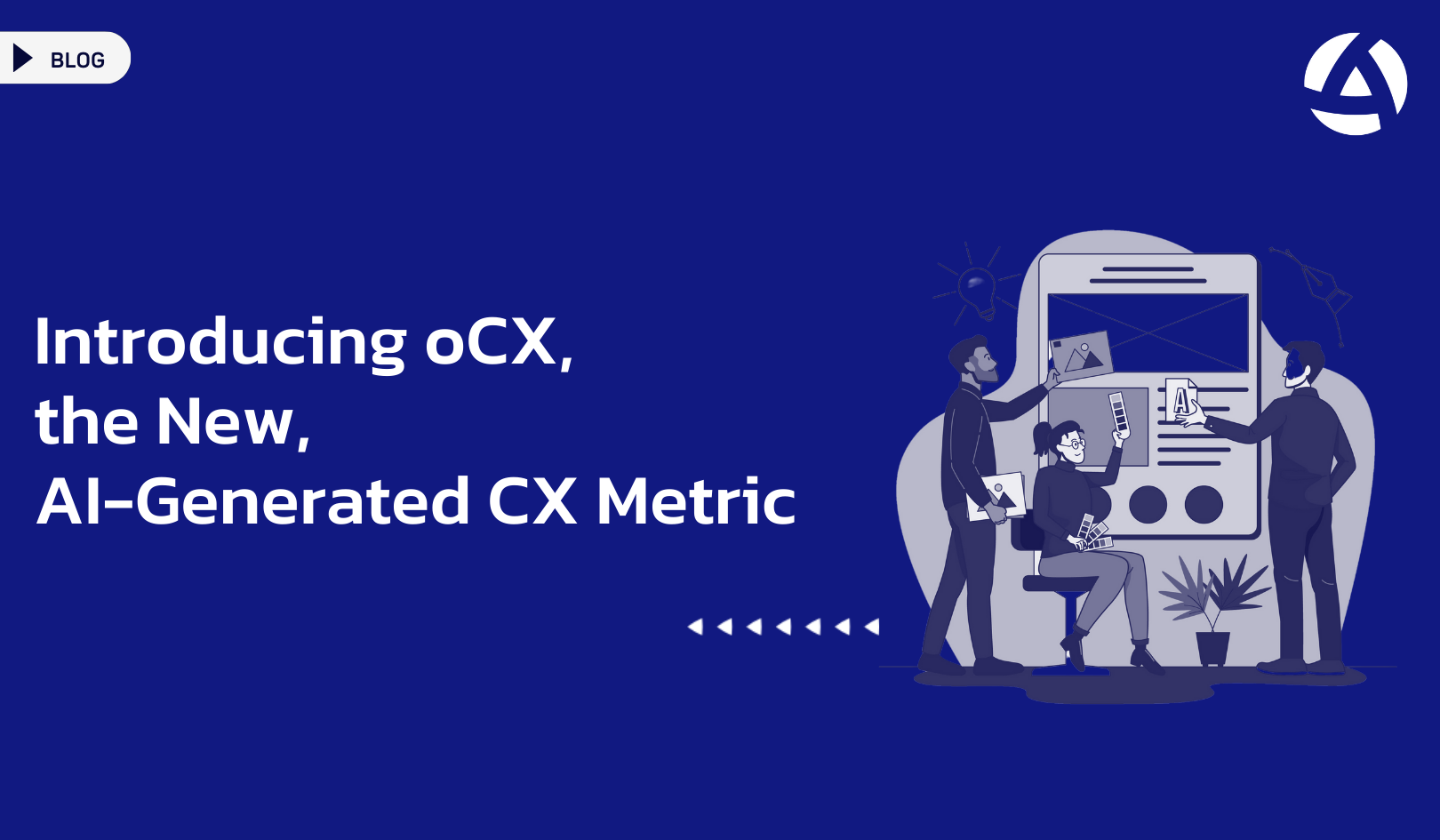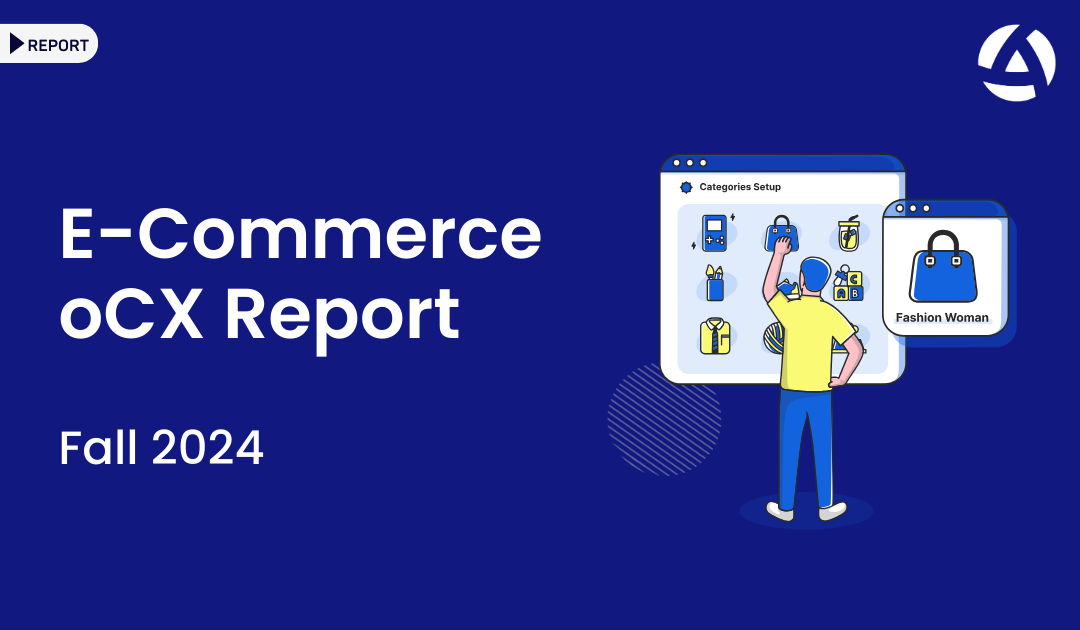Choosing the right Customer Feedback Software is essential for businesses that want to understand their customers, improve satisfaction, and drive growth. With so many options available, selecting the best tool can be challenging. Here’s what to consider to ensure you choose a solution that meets your needs and delivers actionable insights.
Understanding Your Business Needs
Before selecting a Customer Feedback Software, businesses should first outline their specific goals. Consider:
- What types of feedback do you want to collect? (Surveys, reviews, social media sentiment, etc.)
- How frequently do you need to analyze feedback?
- What teams will use the software? (Support, marketing, product development, etc.)
Defining these needs ensures you choose software that aligns with your business strategy.
Ease of Use and Implementation
A user-friendly Customer Feedback Software is crucial for adoption across teams. Look for:
- An intuitive dashboard that simplifies data analysis
- Seamless integration with your existing CRM, helpdesk, and other tools
- Quick setup and minimal training requirements
Software that is easy to use allows teams to focus on insights rather than struggling with complicated systems.
Multichannel Feedback Collection
Customers share opinions across various platforms, so your Customer Feedback Software should support multiple channels, such as:
- Email and SMS surveys
- Website and in-app feedback forms
- Social media and third-party review sites
Collecting feedback from multiple sources ensures a comprehensive understanding of customer sentiment.
Advanced Analytics and Reporting
The ability to analyze and act on feedback efficiently is a key feature of any Customer Feedback Software. Consider solutions that provide:
- Real-time reporting and trend analysis
- AI-powered sentiment analysis
- Customizable dashboards with visual insights
These features help businesses turn raw data into meaningful improvements.
Automation and AI Capabilities
To save time and enhance efficiency, look for software with automation features such as:
- Auto-categorization of feedback
- Sentiment analysis for detecting customer emotions
- Automated alerts for negative feedback
These capabilities ensure that businesses can respond promptly and effectively to customer concerns.
Scalability and Customization
As your business grows, your Customer Feedback Software should scale with you. Key considerations include:
- The ability to handle increasing data volumes
- Customizable survey templates and workflows
- Flexibility in reporting options to match business needs
A scalable solution prevents the need for frequent software changes as your business evolves.
Security and Compliance
Protecting customer data should be a top priority. When selecting a Customer Feedback Software, check for:
- Data encryption and GDPR compliance
- Secure data storage and access controls
- Regular software updates to mitigate security risks
Choosing a secure platform ensures that customer trust remains intact.
Customer Support and Training
Even the best Customer Feedback Software can pose challenges during implementation. Reliable customer support is essential, including:
- 24/7 live chat or phone support
- Comprehensive knowledge base and tutorials
- Dedicated account managers for enterprise solutions
A vendor with strong support can help you maximize the value of your feedback software.
Conclusion
Choosing the right Customer Feedback Software requires careful consideration of features, usability, analytics, and security. The right tool can transform how you listen to customers, improve satisfaction, and drive business growth.
To learn more about customer feedback solutions, check out our product page or book a meeting with us!
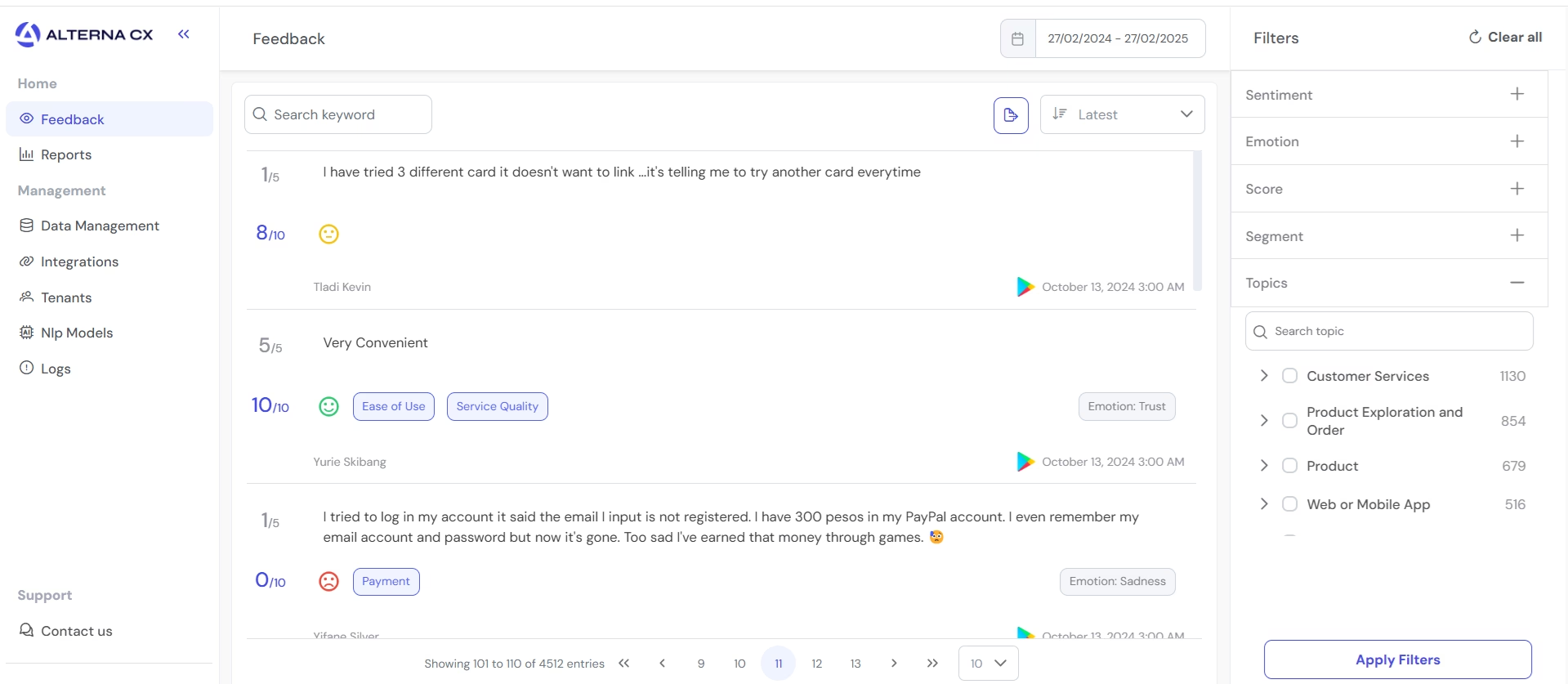
Frequently Asked Questions
What is a Customer Feedback Software?
Customer Feedback Softwares are tools that helps businesses collect, analyze, and act on customer opinions across multiple channels to improve satisfaction and retention.
How do Customer Feedback Softwares improve business performance?
It enables companies to identify pain points, enhance customer experience, and make data-driven decisions to improve services and products.

